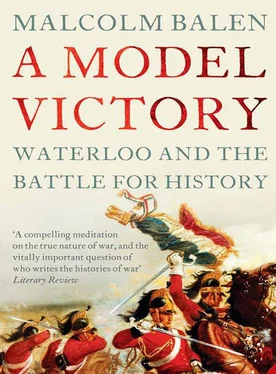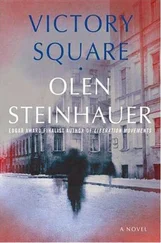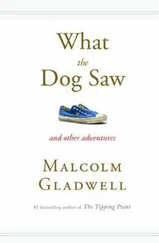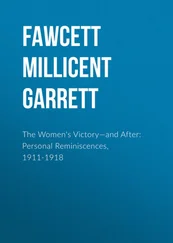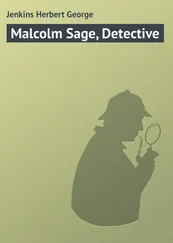Truth and facts in history, as Siborne would learn to his cost, admit of many interpretations, often honestly held. To map a battlefield is one thing: to record the twists and turns of the battle quite another, to impose upon it order and stratagem, to reduce it, tidily, to a clear series of linear events which join together and connect to reach their natural conclusion, is another still. In short, the witnesses Siborne had sought, whose accounts he uniquely captured, did not always tell the same story. More importantly, they did not tell the story that the high command, both political and military, always wished to hear.
More than fifty history books were written in the year of the battle alone, some of them reprinted several times, such was the public appetite to celebrate the victory. Of the many accounts written by veterans of the battle, some were vainglorious, some misleading, some ostentatiously romantic. Such accounts were, however, uncontroversial. Glorying in victory, they were personal, anecdotal, narrow, exciting books, which would cause the Duke of Wellington no harm. As Captain Mercer noted in his diary: ‘Depend upon it, he who pretends to give a general account of a great battle from his own observations deceives you – believe him not. He can see no farther (that is, if he be personally engaged in it) than the length of his nose; and how is he to tell what is passing two or three miles off, with hills and trees and buildings intervening, and all enveloped in smoke? I write … only pure simply gossip for my own amusement – just what happened to me and mine, and what I did see happen to others about me.’
Siborne’s history, however, in its complexity and reach, was different, ranging far and wide in its gathering of witnesses. In this way, eventually, he made a name for himself as a historian, and in so doing surpassed his previous career as a soldier and topographer. Siborne sought to describe a whole battle by sorting historical truth from the chaff of confusion, and although he relied upon, indeed courted, army testimony which was overwhelmingly officer-based, his was a unique exercise in the search for truth. But it was, in its scope and reach, far too democratic for the times.
Using hundreds of eyewitness statements, the Model he created tried to capture the exact moment of victory, the Crisis of the Battle as it was called, with the precision only he could bring to such an enterprise. But models, of course, cannot show the great sweep of history; they cannot demonstrate the irresistible tide of events which flows inexorably in one direction, towards a single inevitable conclusion. They cannot make allowances for nuances of analysis. They cannot hedge or dissemble, or allow extraneous factors or influences to intrude upon the carefully crafted conclusion they have created. They are fixed in their certainty, frozen in time, their central characters immobile, as if paralysed by the mighty forces which they have unleashed. Such a fate awaited Siborne’s Model, because he dared to pose the central question: who won the Battle of Waterloo? Was it Wellington’s forces, or Blücher’s Prussians, or a combination of the two? Siborne was forced to provide an answer, and the question nearly destroyed him. The next decade, for Siborne, would come to be dominated by the need for money for his Model, and the military establishment’s growing opposition to the exercise in historical democracy it had unwittingly unleashed. These two forces would collide, undermining Siborne’s search for truth, eroding his atavistic belief in the army and his own view of the historical facts he had spent half his lifetime assembling.
‘What are you to do with the Prussians?’ asked the Waterloo veteran, Sir Richard Hussey Vivian, presciently, about the army of model soldiers the junior officer was assembling. His question would find an echo in the army, and among the political leadership of the country. It would reverberate among the high command and in the corridors of power. It would even tap uncomfortably at the door of the great commander himself. Sometimes tacitly, and sometimes overtly, Siborne’s obstinate search for the facts would be seen as the barrier to the further, official, funding of his Model. What was he to do with the Prussians? The question pursued Siborne to the grave.
Конец ознакомительного фрагмента.
Текст предоставлен ООО «ЛитРес».
Прочитайте эту книгу целиком, купив полную легальную версию на ЛитРес.
Безопасно оплатить книгу можно банковской картой Visa, MasterCard, Maestro, со счета мобильного телефона, с платежного терминала, в салоне МТС или Связной, через PayPal, WebMoney, Яндекс.Деньги, QIWI Кошелек, бонусными картами или другим удобным Вам способом.
